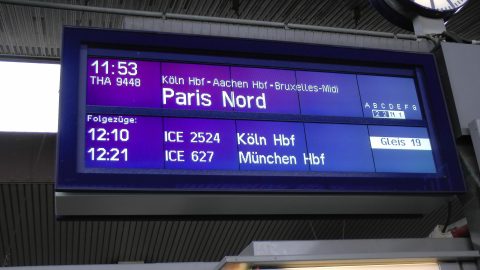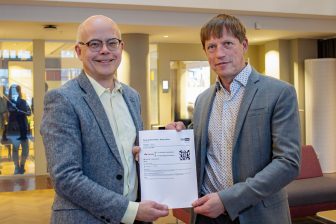
How to improve passenger information?
Recent trips across Europe demonstrate a significant lack of up-to-date information in the event of traffic disruptions. Part of the reason is that railroads are somewhat sluggish companies that operate through compartmentalised departments, even when they label themselves ‘integrated’. This compartmentalisation of responsibilities often seems to have a negative impact on the information provided to passengers, even in times of normal traffic. Let’s take some time to analyse a few of the situations we have experienced, and to outline some solutions.
Want to read more?
You have read all of your free premium articles for this month. Please become a subscriber to keep reading.
Subscribe now!
Take advantage of our exclusive offer to get full access to all premium content.




DB staff normally carry a smartphone and even an app with more detailed information than what is publicly available. Clearly, something went wrong. Passenger information is catastrophic for modern standards. Siloed systems, lack of automation, contradictory information due to different media from the same company having different sources. You can see one thing in a board at the station and a different one on your app.